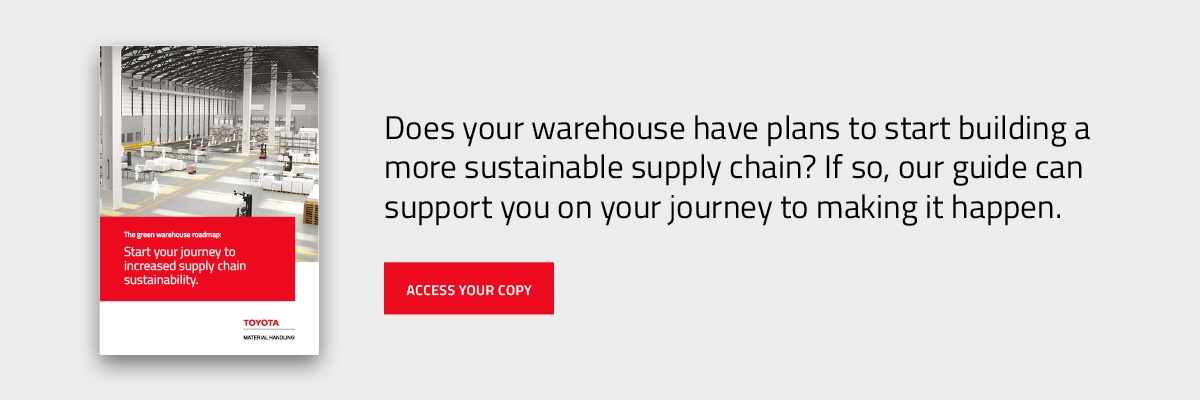Building an environmentally friendly business allows you to reduce your impact on the environment and preserve natural resources. As issues surrounding climate change continue to be widespread across the globe, it is in the best interest of businesses to make certain changes to their operations and understand the benefits this can have on the natural environment.
There are different approaches and strategies available to support businesses on their mission to go greener. One of the most effective is lean thinking.
Lean thinking is a collection of tools and techniques used for eliminating waste within the manufacturing system. It considers the waste generated from uneven workloads and redundant processes and then reduces them to increase value and decrease costs.
This article explores the different ways lean principles can contribute to helping your business meet sustainability targets.
Start reducing waste.
Waste in the manufacturing industry comes in many different forms. When it comes to lean, waste can be defined as anything that does not add value to the production process. Typically, there are seven different types of waste generated in warehouses. By implementing lean techniques, they can start to be reduced.
Take defective waste, for example. Defect waste occurs when a product is found to have flaws once it has made its way through the production process. A product with flaws cannot be sent to the customer, which usually gets thrown away or sent to a landfill. There are lean solutions that can support your warehouse to reduce defect wastes.
Value stream mapping (VSM) is essential for reducing waste. This lean technique involves reviewing the flow of process steps throughout the supply chain. By doing so, your business can detect where defects have occurred and implement solutions such as lean automation to avoid them from happening again.
Use fewer resources.
Not utilising resources efficiently, such as energy, transport and materials can damage your business and the environment. This puts the reputation of your brand at stake. Research has found that 85% of people worldwide have shifted their purchase behaviour towards being more sustainable in the past five years.
The use of unnecessary resources can contribute to issues such as pollution and climate change, for example, the use of combustion-powered forklifts. Therefore, it is imperative to implement new ways of working to reduce the number of resources used in the supply chain. The use of electric or automated forklifts which rely on rechargeable batteries can be an effective solution in the aforementioned case.
To overcome these challenges, you should implement lean solutions such as Just in Time manufacturing or a warehouse management system (WMS).
Is your business ready to harness the power of lean production?
If so, download this guide. You will learn about the benefits of lean production and discover the most effective techniques to implement to achieve success..jpeg)
Eliminate unnecessary processes.
Unnecessary processes are one of the largest contributors to business waste. In the seven wastes of lean, overprocessing refers to adding more components or having more steps in a product or service than required. Examples of excess processing include running more analysis than necessary to meet specifications, adjusting components after installation or over-engineering products.
Your warehouse can leverage several lean techniques to begin eliminating these types of unnecessary processes from your operation. Bottleneck analysis will help you establish processes causing delays and disruptions to the supply chain.
Once you have analysed and pinpointed unnecessary processes, you can then implement solutions to fix the processes or, if needed, completely remove them. Warehouse automation is one of the latest improvements businesses are becoming aware of to improve processes.
It is a solution that creates a new dimension of productivity and is secured by automating various everyday functions, such as load handling, replenishment or put-away. These are just a few examples of how becoming leaner can help your business become more sustainable. We have created a roadmap that discusses more examples of strategies your business should implement and the benefits this can offer.
Access your copy below.

